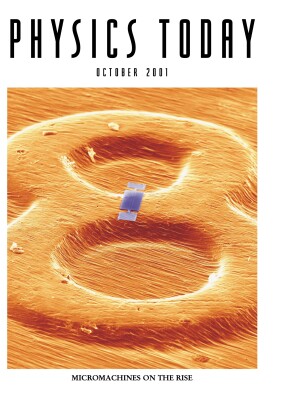Educating Students to Appreciate Physics
DOI: 10.1063/1.1420535
After several years of decline, the number of physics BA degrees awarded by colleges and universities has leveled off (see March 2000, page 68
In some school districts—for example, New York City and Chicago—physics and chemistry are required high-school courses. Student populations in these urban schools are often considered to be at risk. However, I have taught in urban schools with mostly African American and Hispanic students, and my experience is that minority and other at-risk students can do well in a basic physics course with the standard mathematical components. Students need drills and practices so that, with individual help from the teacher, they can use a formula and solve for a variable, use scientific notation, take and analyze data, and understand how to do simple modeling.
In the past, high-school physics texts were badly written, often emphasizing “thinking,” while lacking problem-solving examples and the drills that might have helped inexperienced students. Almost any student can solve even a difficult and advanced physics problem if an example is given or if the teacher provides individual help. Making students struggle with a problem without first giving them the basic tools to solve it discourages many who are capable and interested.
By making the high-school course more user-friendly and more applicable without sacrificing quality of content, we will generate more students taking physics at all levels of instruction. Motivated students will then encourage their friends to take physics. More teaching positions will result and fewer physicists will be lost to other professions.
More about the Authors
Stewart E. Brekke. (sbrekk@cs.com) Chicago, Illinois, US .
